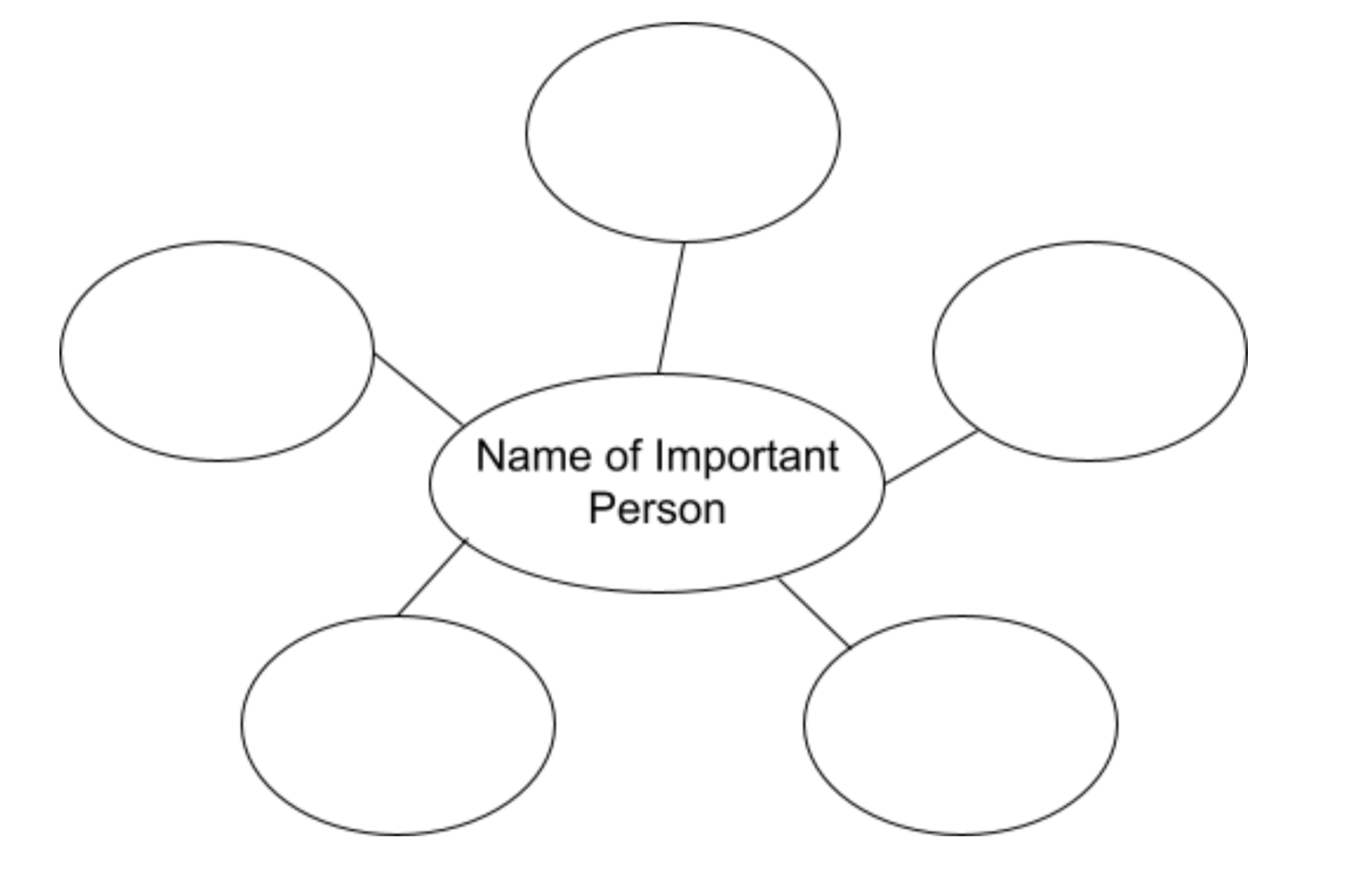Adi Alsaid has released many young adult books since his first title, Let’s Get Lost, but I can promise you, this one blazes through as just as good, if not better than the rest. A new beginning can start at any time, declared by the person who needs one. In this story, the main character, Leila, embarks on a road trip to Alaska to see the Northern Lights and meets four people along the way who, for whatever reason, need to meet Leila to get a fresh start.
Leila’s journey across the country is sectioned off by these four strangers: Hudson, Bree, Elliot, and Sonia. Even though these four need Leila to help overcome something hard, Leila also needs them. By the end of her 4,268-mile journey, she understands that “sometimes, what you need most is right where you started. And maybe the only way to find what you’re looking for is to get lost along the way.”
This story is divided by the four peoples’ time with Leila along her journey north, and lends itself to many discussion topics, journal prompts, and group activities such as a jigsaw.
The first story is Hudson’s, a mechanic who works on Leila’s extremely red car—red rims, red steering wheel, and red paint. After getting to talk with Leila for a bit, he notices something intriguing about her and her willingness to say what she means.
He usually didn’t have trouble talking to girls, even beautiful ones, but while he didn’t quite feel tongue-tied around her, he didn’t know how to begin. “It’s very red in here,” he said at last.
“I know. It’s pretty much why I bought it. It was love at first sight.”
“So I’m going to go out on a limb and assume red is your favorite color.”
“I like red—don’t get me wrong. But I have a deep appreciation for anything that is willing to be totally and utterly itself. If you’re going to be red, well, then, be red, goddamnit. For your steering wheel to your hubcaps, be red.”
Hudson could only nod to himself. He’d never met anyone who talked this way, the way he thought. (12–13)
Mini Lesson
- After reading the above passage, think about someone you’ve met who has been authentically themselves, no matter what. Or think about someone you’ve met who has taught you a lesson that has impacted your life positively.
- Once you’ve identified that person, make a quick character web about traits and ways they show themselves authentically, or what they’ve done to teach you about who you are—that lesson they helped you learn. You could use the web outline below.

- Next, have students journal the story of how this important person came into their life and made an impact. They can also share how they could tell this person was being authentically themselves, like how Hudson noticed that Leila said what she thought no matter what.
- This journal entry should be at least one page long, using their best writing ability with correct spelling, grammar, and punctuation. There should be a beginning, middle, and end. Consider using the outline below.
Beginning: Describe this person like you’re introducing a character in a story. Reveal the authenticity they have, or what lesson they’ve taught you throughout your relationship.
Middle: Tell the story of the time you learned this lesson or when you realized they had a huge impact on the person you are or are becoming.
End: Write a conclusion reflecting on what this person means to you and how your life since then has changed for the better.
DOWNLOAD LESSON
Jennifer Epping is a high school English and journalism teacher in Des Moines, Iowa. She has a passion for reading, writing, and making lame jokes to her students just to see them laugh or roll their eyes. She just concluded her ninth year teaching. Epping graduated from Iowa State University with a BS in journalism and mass communication (2010) and BA in English Education (2013). She attended New York University’s Summer Publishing Institute (2010), and spent some time in children’s book publishing in New York.



